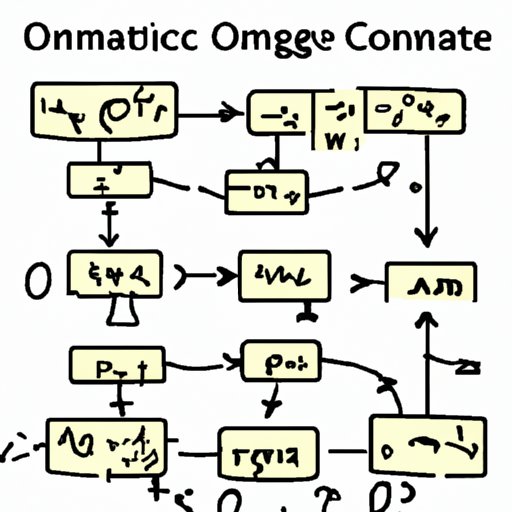Introduction
Complexity is a concept that has been studied by computer scientists for decades. It is a measure of the difficulty or amount of work required to complete a task. The complexity of a problem can vary greatly depending on the size and structure of the data being analyzed, as well as the algorithms used to solve it. In this article, we will explore complexity in computer science, including an overview of types of complexity, how to measure performance and resources, breaking down problems into simpler components, and strategies for managing complexity.

Exploring Complexity in Computer Science
In computer science, complexity is often divided into two categories: algorithmic complexity and computational complexity. Algorithmic complexity measures the amount of time or memory needed to execute a given algorithm. It is usually expressed as a function of the input size. Computational complexity, on the other hand, measures the amount of time or memory needed to solve a given problem. It is usually expressed as a function of the problem’s size.
Big O notation is a common way to measure complexity. It indicates the upper bound of the running time of an algorithm, meaning it expresses the maximum number of steps it takes to complete a task. For example, if an algorithm has a Big O notation of O(n), then it takes at most n steps to complete the task. Similarly, if an algorithm has a Big O notation of O(n2), then it takes at most n2 steps to complete the task.

Analyzing Complexity in Computer Science
When analyzing complexity in computer science, it is important to measure both performance and resources. Performance measures how quickly an algorithm can solve a problem, while resource measures the amount of memory or other resources needed to execute the algorithm. Measuring both performance and resources will help you determine the optimal solution for a given problem.
Another way to analyze complexity in computer science is to break down the problem into simpler components. By breaking down a complex problem into smaller, more manageable pieces, you can identify potential solutions and create an efficient algorithm to solve it. This process is known as decomposition, and it is often used in computer science to simplify complex problems.
Managing Complexity in Computer Science
Once you have identified the complexity of a problem, there are several strategies you can use to manage it. One of the most effective strategies is to improve problem-solving efficiency. This involves finding ways to reduce the number of steps needed to complete a task, such as simplifying data structures or optimizing algorithms. By making small improvements to the efficiency of your algorithms, you can drastically reduce the amount of time and resources needed to solve a problem.
Another strategy for managing complexity in computer science is to use abstraction. Abstraction allows you to hide the details of a complex problem and focus on the overall structure. By abstracting away the details, you can focus on the big picture and identify potential solutions more quickly. You can also use abstraction to break down complex problems into simpler subproblems that can be solved independently.
Conclusion
In this article, we explored complexity in computer science. We discussed the different types of complexity, how to measure performance and resources, and strategies for managing complexity. We also looked at how to break down complex problems into simpler components and how to use abstraction to simplify problems.
Complexity is a key concept in computer science, and understanding it is essential for creating efficient algorithms and solving difficult problems. By measuring complexity, breaking down complex problems into simpler components, and using strategies to improve problem-solving efficiency, computer scientists can create solutions to even the most challenging problems.
(Note: Is this article not meeting your expectations? Do you have knowledge or insights to share? Unlock new opportunities and expand your reach by joining our authors team. Click Registration to join us and share your expertise with our readers.)
